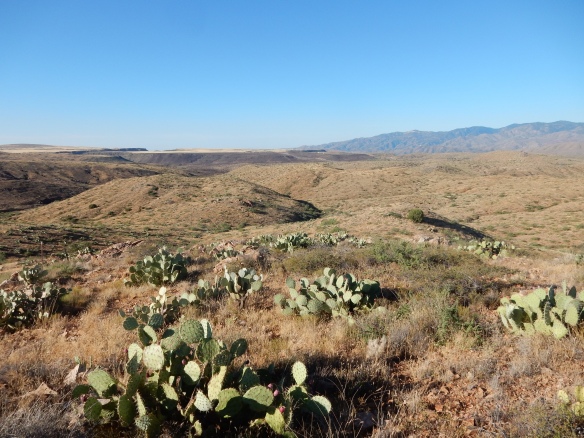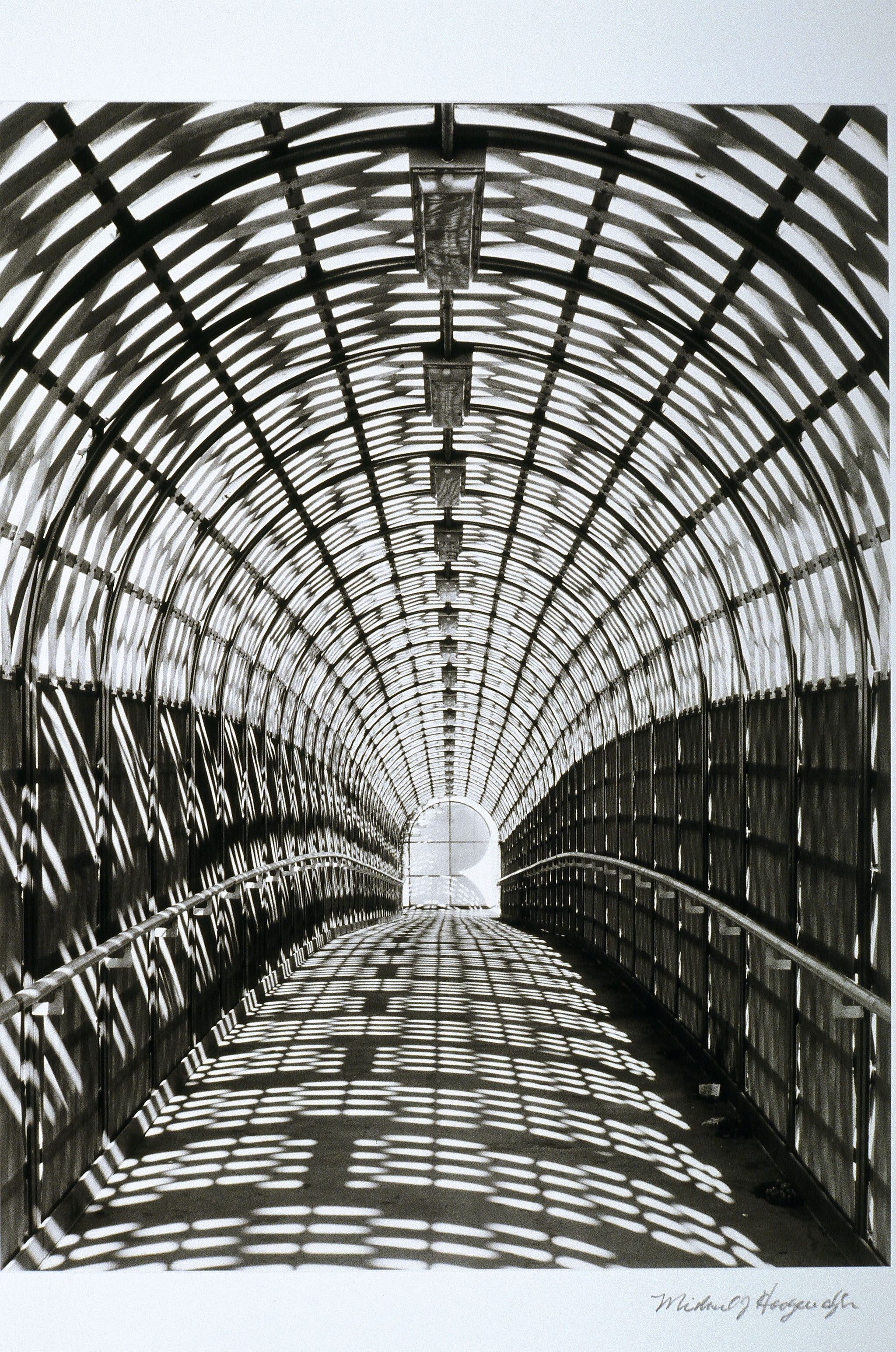Today’s prompt urges me to do or say something new. New as in format; new as in never written about before; new as in new friends; etc. The biggest, baddest, “NEW” in my life is my granddaughter, Luna Sofia Campbell-Hoogendyk. She’s right at two months now, and because we came to visit her when she came home from the hospital, we’ve been with her the entire time. That’s because of the Coronavirus. When we traveled to see her, we ended up being self-quarantined for awhile in order to protect her – then stuck at her home due to travel restrictions.

Luna-Sofia, Age: 2 Months
Luna-Sofia, Luna for short, spends all her time nursing, sleeping, crying and pooping. Once in awhile, she spends half and hour pleasantly enjoying her surroundings, moving her head left to look at this and then right to look at that. She doesn’t yet have control of her arms, which tend to jerk all over the place.
She pretty much is on a 3 hour sleep and 30-60 minute nursing schedule, 24 hours a day. That requires some teamwork in terms of her parents, grandparents and Aunt Carly, who is visiting from NYC until the quarantine is lifted. Grandpa Mike and Nana Jill typically spend the 10pm to 6am hours with Luna unless she is nursing. Her parents, Zac and Kasey spend most of the 6am until early afternoon hours with her. Grandpa Bruce and Grandma Deanna come over most afternoon and evenings to hold Luna and have supper with the family.

Luna with Grandpa Mike

Luna and her parents on an outing to the park

Luna snuggling to her mom

Grandma Jill (Nana) (or Dad Mom) with Luna

Sleep Time

Peek-a-Boo

Chillin’ Out with Dad

Hiking with Mom and Dad

Picnic with Mom and Dad

Aunt Carly Time is Special Time


Car Seat Time means More Sleep Time
As you can see from the photos, our new granddaughter, Luna-Sofia has really been getting around. Several hikes, several car trips (especially to her routine doctor appointments) and one awesome picnic. All first-time, new experiences.













